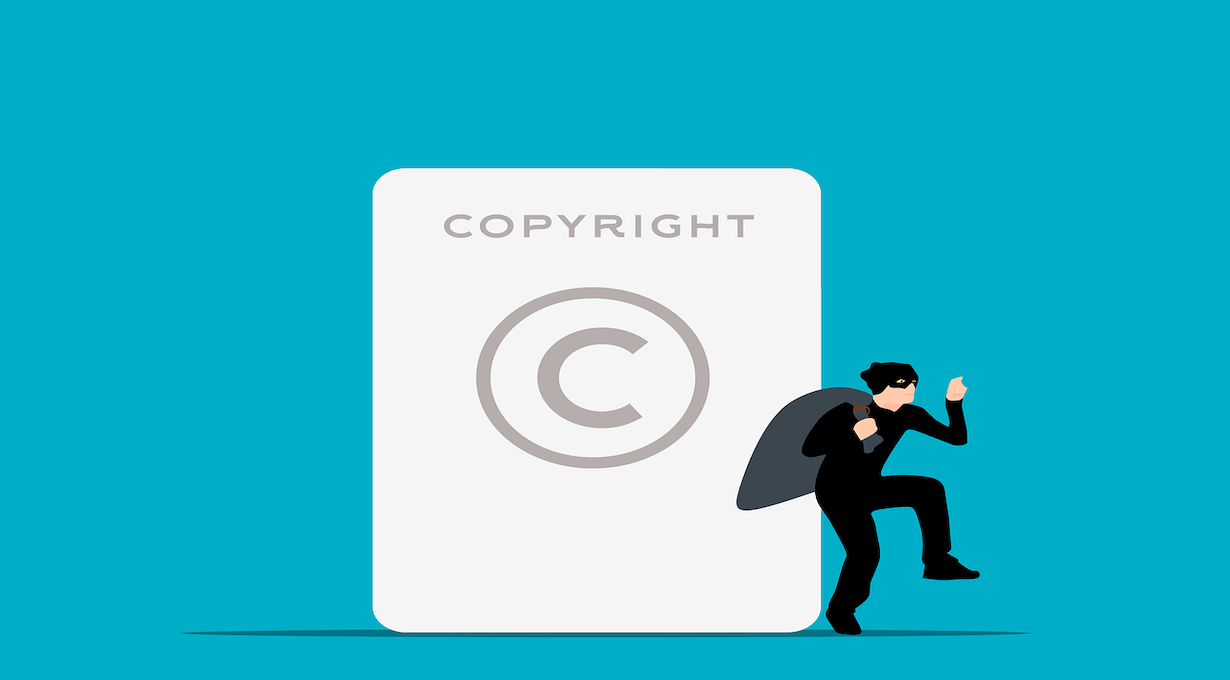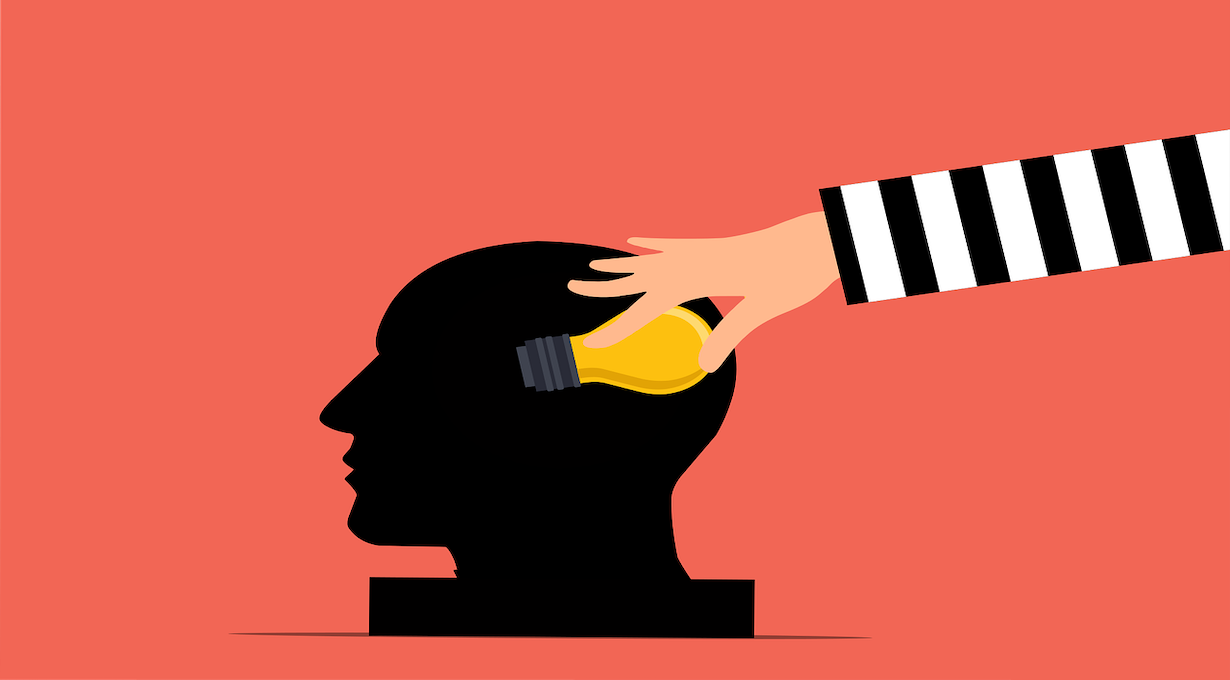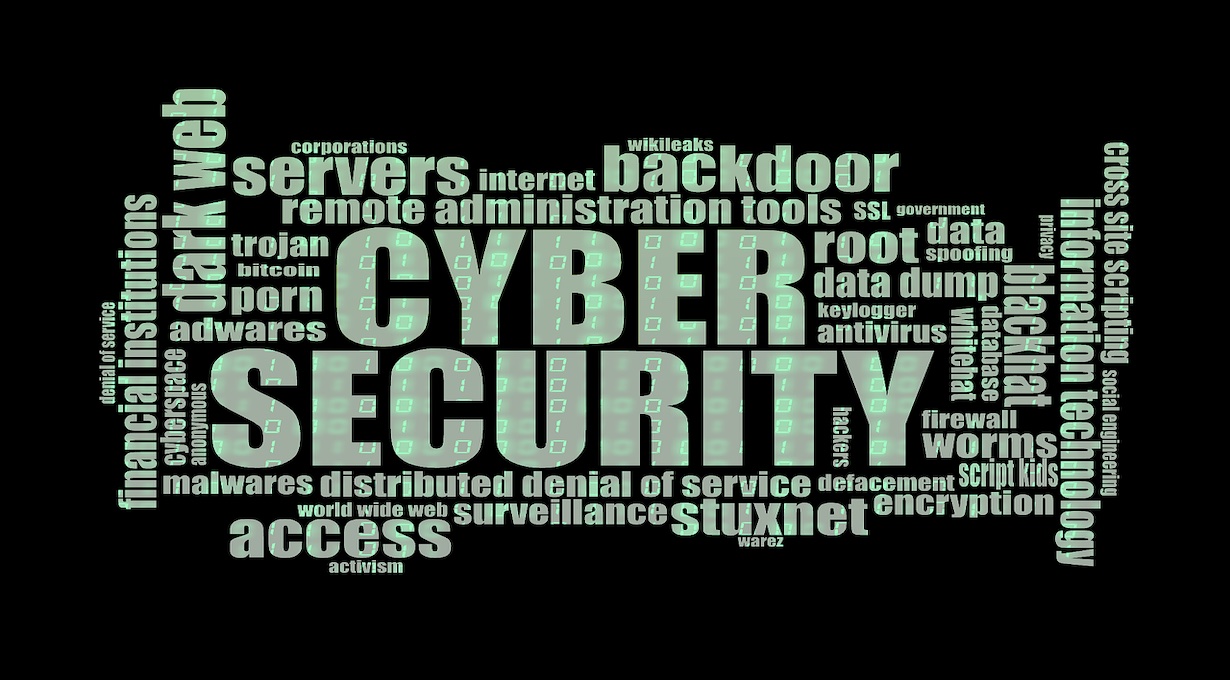Most Common Intellectual Property Disputes

What is Intellectual Property?
In today's knowledge-driven economy, intellectual property (IP) plays a pivotal role.
It encompasses intangible creations of the human mind, including inventions, literary works, artistic expressions, symbols, and designs.
These assets hold immense value for businesses and individuals alike, fueling innovation, creativity, and competitive advantage.
However, disputes concerning ownership, use, or licensing of intellectual property rights frequently erupt, leading to complex legal battles.
Understanding the different types of IP, the common sources of disputes, and effective resolution strategies is crucial for protecting your own creations and navigating this intricate legal landscape
Types of Intellectual Property
Intellectual property can be broadly categorized into four main types:
Patents
These grants provide exclusive rights to inventors for a limited period, typically 20 years, to make, use, sell, or import their inventions.
Patents incentivize innovation by offering inventors temporary monopolies over their creations, allowing them to recoup research and development costs and generate profits.
Copyrights
Copyrights protect original works of authorship, including literary works (books, poems, articles), musical compositions, artistic creations (paintings, sculptures), films, software, and architectural designs.
Copyright protects the expression of an idea, not the idea itself. For instance, the copyright on a novel protects the specific plot, characters, and text, not the general concept of a detective story.
Trademarks
These are distinctive signs used to identify and distinguish the goods and services of one company from those of others.
Trademarks can encompass logos, brand names, slogans, product designs, and even sounds or scents associated with a brand. They play a crucial role in consumer recognition and brand loyalty.
Trade Secrets
These are confidential business assets that provide a competitive advantage.

They may include formulas, processes, customer lists, or any information that gives a company an edge in the marketplace.
Trade secrets are protected by reasonable efforts to maintain secrecy, such as non-disclosure agreements with employees and secure storage of confidential information.
Source of IP Rights
The source of intellectual property rights can vary depending on the type of IP. Patents are typically granted by government patent offices after a rigorous examination process that ensures novelty, non-obviousness, and usefulness of the invention.
Copyrights generally arise automatically upon creation of the original work, although registration with a copyright office provides additional benefits like stronger legal protection and easier enforcement.
Trademarks are often established through use in commerce, but registration with a trademark office strengthens protection and facilitates enforcement against infringers.
Trade secrets remain protected as long as reasonable efforts are made to maintain confidentiality.
Common Sources of IP Disputes
While intellectual property fosters innovation and creativity, it can also become a battleground when disagreements emerge regarding ownership, use, or licensing. Here are some of the most common sources of IP disputes:
Infringement
This occurs when someone uses an intellectual property right without the owner's permission. For instance, copying a patented invention, distributing a copyrighted work without a license, or selling counterfeit goods that infringe on a trademark constitute infringement. Infringement can have serious consequences for both the infringer and the rights owner, ranging from financial damages to injunctions against further use.
Ownership Disputes
Disagreements over ownership of intellectual property rights can arise between collaborators, co-creators, or employers and employees.
For example, disagreements may erupt regarding who owns the patent rights to an invention developed by a team of engineers, or who holds the copyright to a computer program created by an employee during their work hours.
Determining ownership often hinges on contractual agreements or established company policies.
Breach of Contract
Licensing agreements are commonly used to grant permission to use intellectual property rights for a specific purpose, often in exchange for royalties or fees.
Disputes can arise when parties to a licensing agreement disagree over the terms of the contract or how it's being implemented.
For example, a licensee might argue that they have the right to use the IP for a broader range of products than the licensor intended.
Misappropriation of Trade Secrets
When confidential business information is unlawfully acquired, used, or disclosed by someone who is not authorized to do so, it constitutes misappropriation of trade secrets.
This can occur through various means, such as industrial espionage or a former employee divulging confidential information to a competitor.
Trade secret misappropriation can inflict significant financial harm on a company and stifle innovation.
These are just a few of the frequent sources of IP disputes.
It's important to note that the complexities of each case can vary depending on the specific type of IP involved, the nature of the alleged infringement, and the contractual agreements in place.

IP Disputes Resolution
When an IP dispute arises, several options exist for reaching a resolution. The most suitable approach depends on factors like the complexity of the case, the desired outcome, and the cost involved.
Here are some of the common methods for resolving IP disputes:
Negotiation
This is often the most cost-effective and time-efficient approach. Both parties involved in the dispute attempt to reach a mutually agreeable settlement through direct communication and compromise. Negotiations can be facilitated by a neutral third party, such as a mediator, who can help guide the conversation and bridge communication gaps.
Mediation
In mediation, a neutral third party, with expertise in intellectual property law, facilitates a structured discussion between the disputing parties. The mediator does not have the authority to impose a decision but helps the parties explore options, identify common ground, and work towards a settlement agreement that meets their needs. Mediation can be a less adversarial process than litigation and allows for more creative solutions.
Arbitration
In arbitration, a neutral third party, often an arbitrator with specialized knowledge of intellectual property, issues a binding decision on the dispute based on the evidence presented. Arbitration proceedings are typically faster and less formal than litigation, but the arbitrator's decision is generally final and binding on both parties.
Litigation
If other methods fail to resolve the dispute, litigation may be the only remaining option. This involves filing a lawsuit in court and presenting arguments before a judge. While litigation allows for a formal resolution of the dispute, it can be a lengthy, expensive, and adversarial process. Intellectual property litigation can be complex and often requires specialized legal expertise.
Alternative Dispute Resolution (ADR)
Negotiation, mediation, and arbitration are all considered alternative dispute resolution (ADR) methods. These alternatives offer a more flexible and potentially less costly approach to resolving disputes compared to traditional litigation.
Choice of Forum
In some cases, contracts or licensing agreements may specify a preferred method of dispute resolution (e.g., arbitration) or a particular forum (e.g., a specific court) where disputes will be heard.
A Pivotal Case in Intellectual Property Dispute
In 1999, a revolutionary file-sharing platform called Napster emerged. It utilized peer-to-peer (P2P) technology, allowing users to directly share music files with each other, bypassing traditional music distribution channels. Napster's ease of use and vast library of music files attracted millions of users, particularly young people.
The Recording Industry Association of America (RIAA), representing major music labels, saw Napster as a threat to their business model. They argued that Napster facilitated mass copyright infringement, leading to a significant decline in music sales.
In December 1999, the RIAA filed a lawsuit against Napster, accusing them of contributory and vicarious copyright infringement.
The courts initially sided with the RIAA. In July 2001, a federal judge ordered Napster to shut down its service, arguing that the harm to the music industry outweighed any potential fair use benefits.
Following the Napster fallout, legal music download services like iTunes emerged, offering a more regulated and user-friendly way to access music online. These services provided a revenue stream for artists and the music industry.
The Napster vs. RIAA case serves as a historical marker in the ongoing debate about copyright and intellectual property in the digital age.
It continues to influence discussions about balancing artist rights, consumer access, and the evolution of music consumption models.
Recommended Posts

The internet, a vast digital landscape brimming with opportunities, has unfortunately become a breeding ground for a malicious practice: brand abuse.
Read More

Ever imagine being locked out of your own data? That's the chilling reality of a ransomware attack..
Read More

In this article we are giving an overview of Zero Trust Security and the 7 Pillars of Zero Trust security given by US Department of Defense(DoD).
